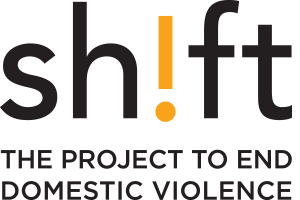Authors: Crooks, C., Jaffe, P., Dunlop, C., Kerry, A., Houston, B., Exner-Cortens, D., & Wells, L.
Date: January 2020
This report was written for Women and Gender Equality Canada (formerly Status of Women Canada) to highlight what we know about the effective prevention of violence directed at women and girls in a Canadian context. The extensive and damaging impacts of violence against women and girls suggests that this is a public health problem rather than simply an issue for the courts to deal with one case at a time. Some girls and women are at higher risk of violence, while others may be more protected from it. This report reviewed the extensive literature in the prevention of violence against women and girls field and classified programs as evidence-based, research-based, or promising.
We start with an assessment of primary prevention programs delivered in elementary and secondary schools. We then discuss bystander interventions, which typically seek to develop skills and awareness to intervene when peers are engaging in unsafe behaviour. We then discuss more targeted programming, including approaches developed specifically to engage men and boys; programming for youth who are considered higher risk for relationship violence; and, programming developed and evaluated with specific populations. After the discussion of programs, we turn to evidence about non-programmatic approaches. A non-programmatic approach includes advocacy, policy-work, systems change, social networks approach, social norms, key influencers, and community development. We conclude by identifying potential next steps. For English version of the report, please click the download button below. For French version, please follow this link.


